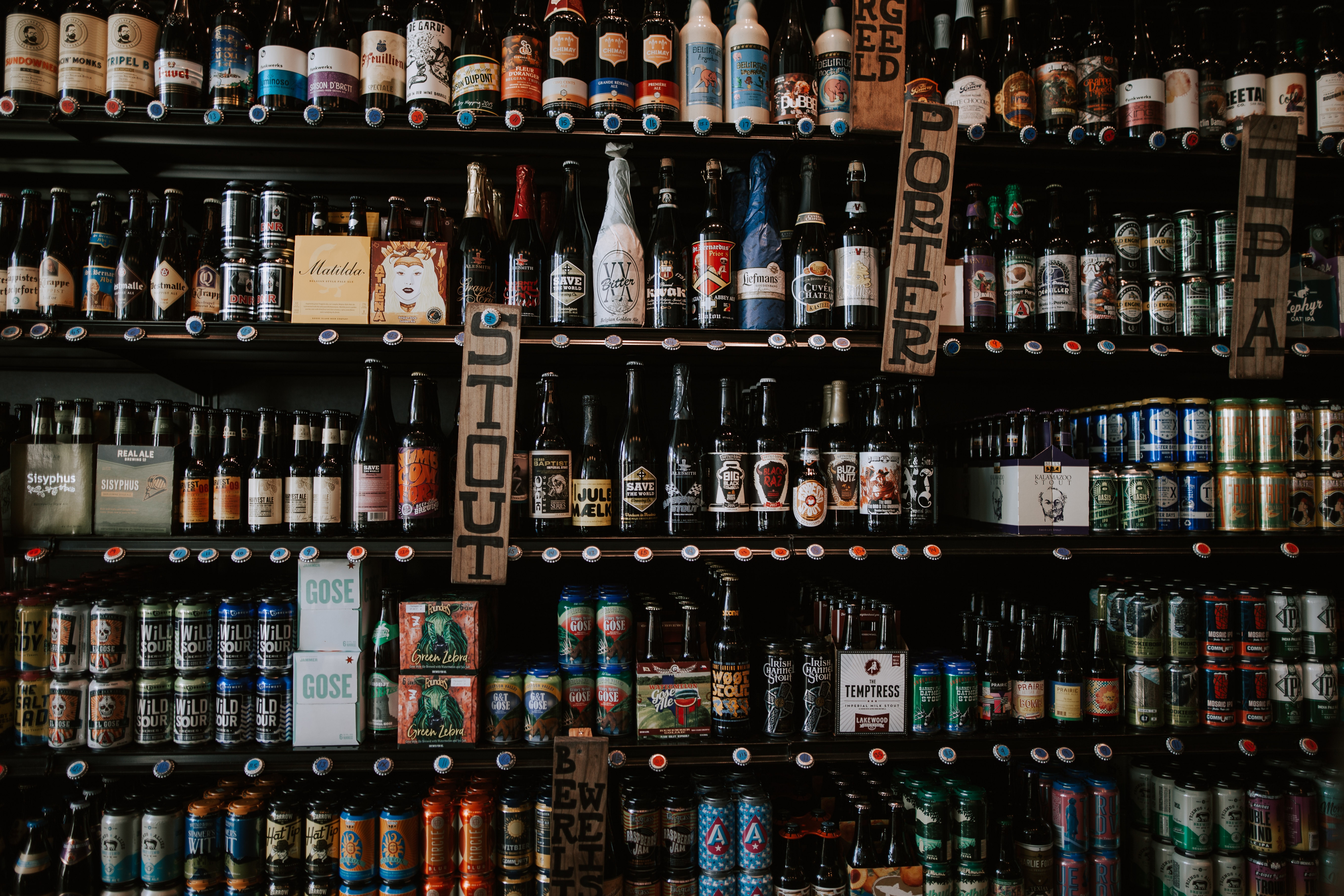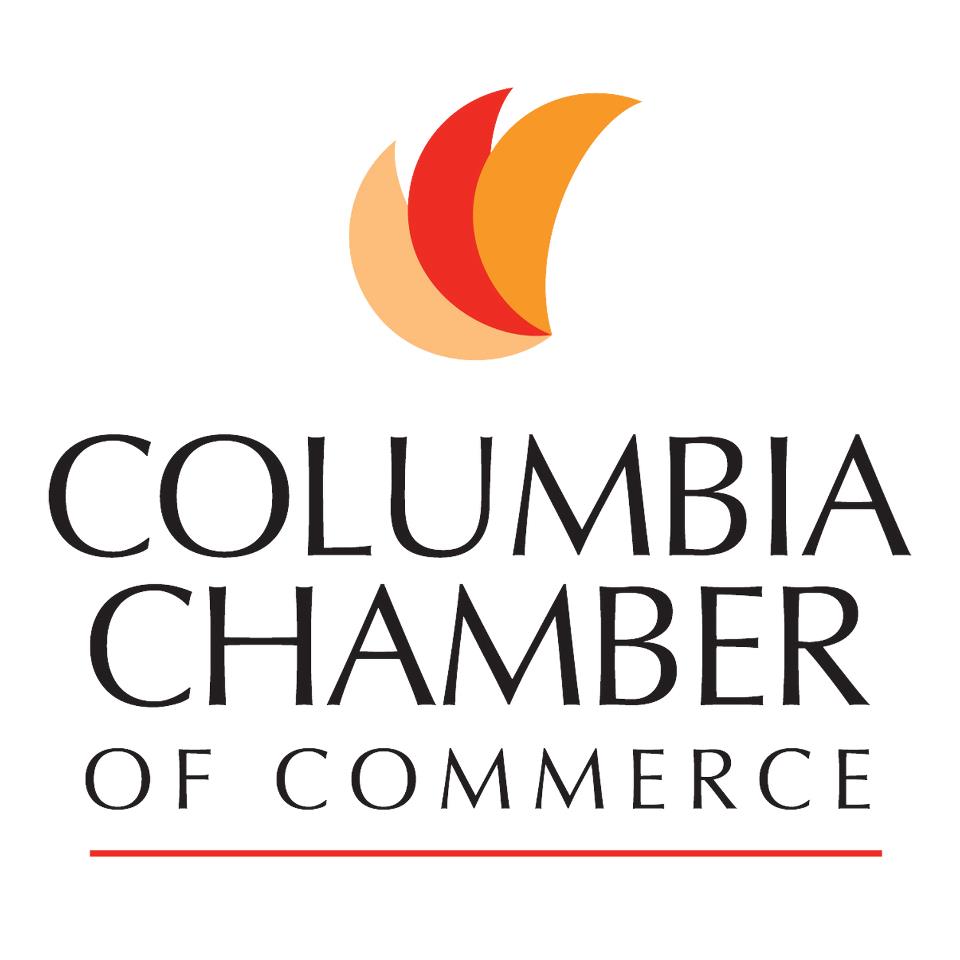As we approach 2019, it can be difficult to be different – especially in the alcohol industry. Think about the process of creating unique branding or even naming your latest product. It can be a PAIN to find a name and a design that has never been used or doesn’t slightly resemble someone else’s brand. And, what happens if it’s a little too similar? Dare we even say the “L” word… “Lawsuit?”
We’re here to tell you that there is hope for you yet! In this blog, we will go through the process that our graphic designers use to create intriguing, eye-catching and most of all, unique can and label designs for our clients! Without further adieu, in no particular order, we present our 5 tips to creating unique branding.
1. Do your competitive research
This is probably the MOST important step to creating unique branding. Without getting to know your competitor’s brand and products, you won’t get to see where yours fit into the mix.
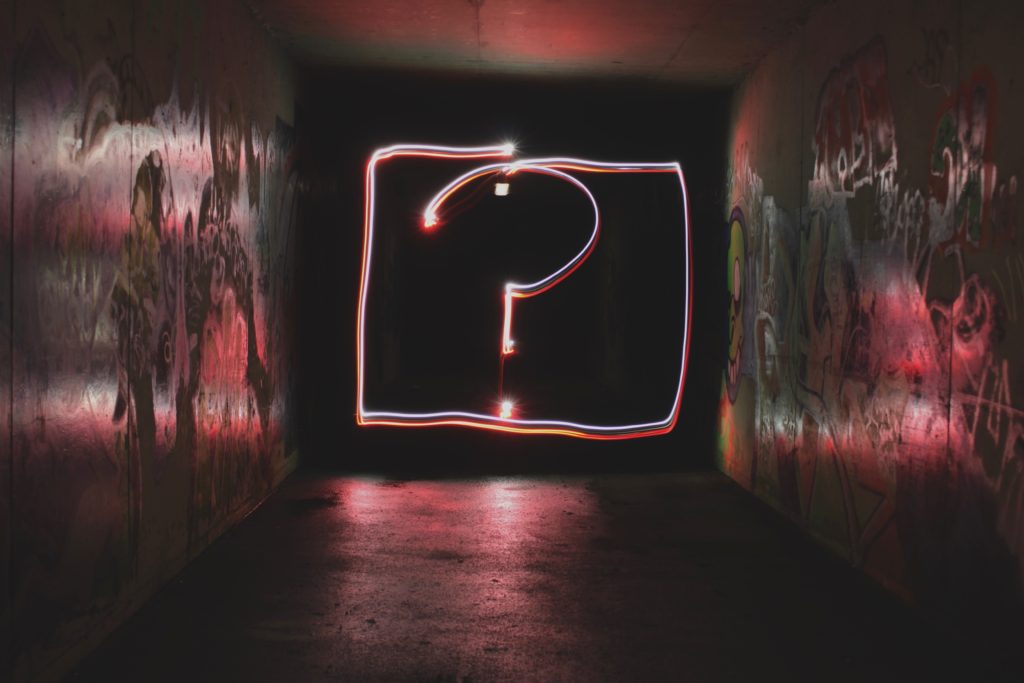
When doing your research, you’ll want to look at:
- Their brand name
- Their current products
- Their brand personality
- Their positioning in the market
Now, this doesn’t mean copy everything that your competitors are currently doing, or on the other end of the spectrum, do the complete opposite of what they’re doing. This research is meant to help you determine where you fit into the marketing mix.
This is also the stage where you’ll want to make sure that you aren’t currently using any names, designs, etc. that could be trademarked by another company. Trust us, this will save you time and money down the road!
In this phase, ask yourself: “What are my competitors doing?”
2. Create a Competitive Set
Once you’ve done your research and you have an idea of what your competitors are doing, you can then begin creating your competitive set. During this exercise, you will compare the first draft of your can or label design with those of your competitors. You’ll want to line up your product with other similar products to ensure that your design/ packaging stands out from the others.
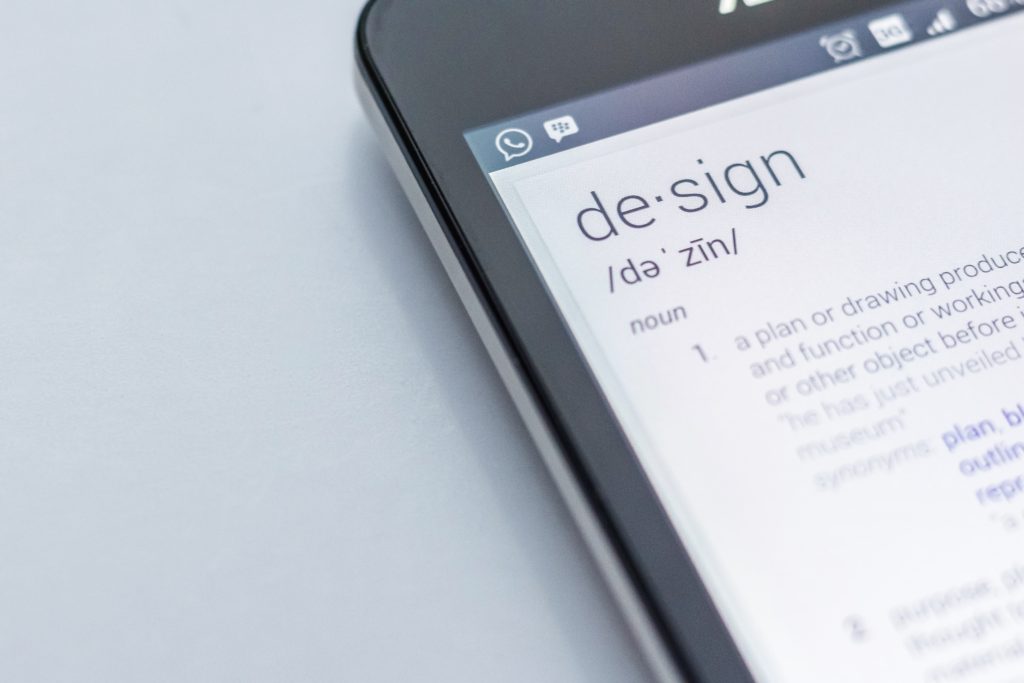
When looking at your competitive set, you’ll want to look at:
- The product name: Is it different enough? Does it stand out?
- The amount of text: Is it text-heavy or text-light compared to your competitors? Does it add or take away from the design?
- Imagery: Is it image-heavy or image light? Is the imagery used considerably different than your competitors? Does the imagery match your overall brand? Does it match the product?
- The overall design: Does the design stand out from your competitors? Does it steer clear of using any design elements from competitor’s products?
In this phase, ask yourself: “How does my brand/product compare to my competitors?”
3. Consider Your Brand Story
The stronger your brand story is, the easier it should be to differentiate yourself from the competition. Your story should always be at the forefront of your brand. No matter how a customer interacts with your brand, they should be able to get a sense of what your story is – without thinking too hard!
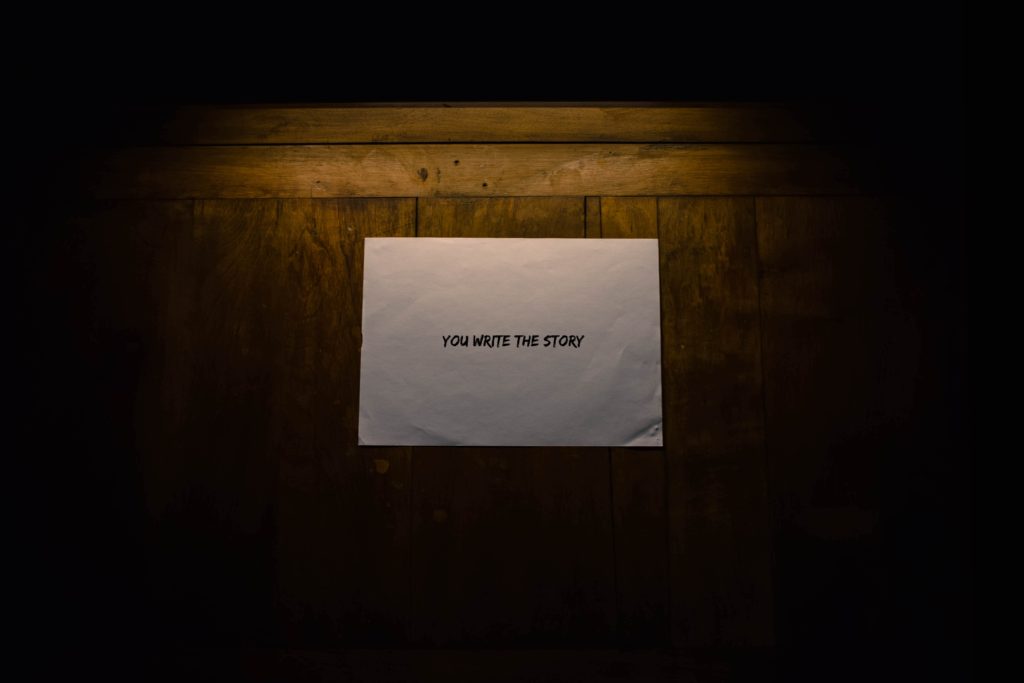
When considering your brand story, you’ll want to think about:
- Does your brand story focus around a person? A founder? How does that person impact your brand?
- Where are you located? Does your location enhance your brand? Ex: Samuel Adams’ ties with Boston.
- What is the “vibe” of your brand? Are you witty, but not corny? Serious, but not dull? Sophisticated, but not unobtainable? Using adjectives to describe the feel of your brand can help you identify its personality.
- How are your products made? If you do something different than your competitors during the production process – highlight it!
- Do you use any special products or practice sustainable production habits? Push that message!
After you’ve answered these questions and identified any other ways that make your brand different, you’ll need to craft your brand story. We like this process to be in story format – start at the very beginning!
Having this document to refer back to during the design process for a new product will save you time and ensure that your product fits seamlessly into your overall brand.
In this phase, ask yourself: “What makes my brand unique?”
4. Find Your Brand System
When you have multiple products, it’s important to decide where the consistencies will be across those products. Do you want each product to look similar or have a design template? (Think Barefoot Wines) Do you want each product to have a separate design? (Think Founders Brewing Co.) Or have certain colors or textures that carry over into all your products, tying them together? (Think Boulevard Brewing Co.)
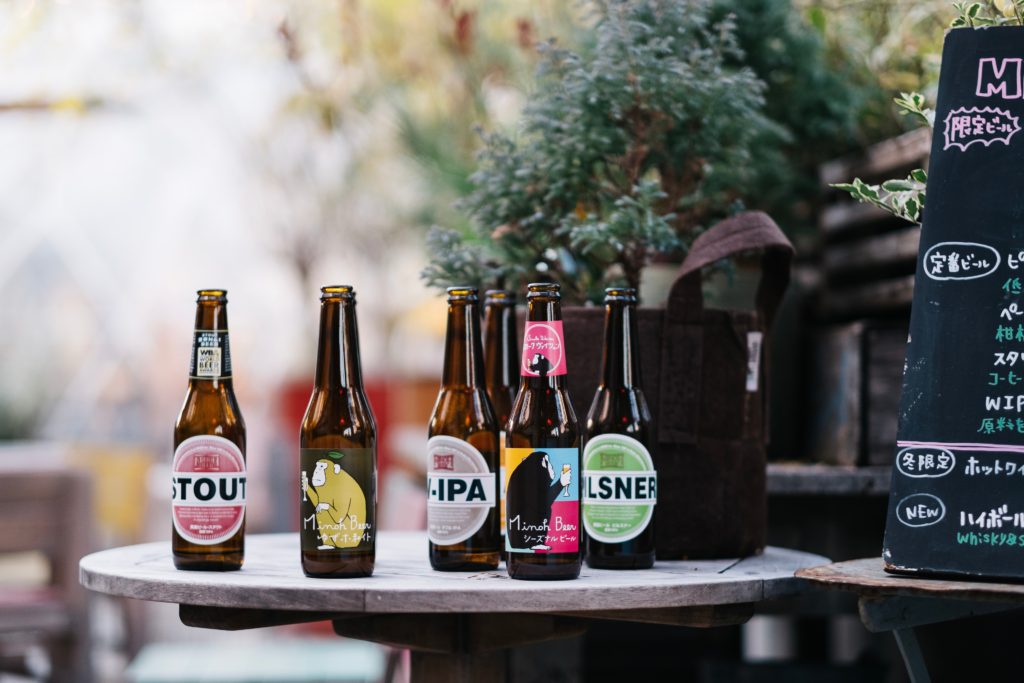
Creating a consistent brand system (or having a method to your madness) can make a huge difference when on the shelf.
Your brand system should consider:
- Packaging
- Name
- Imagery
- Text/Fonts
- Colors
- Overall Design
In this phase, ask yourself: “Where does this product fit into the rest of my products?”
5. Don’t Forget The Vessel
What you put your product in matters. Sometimes, the shape, color, and design of the can or bottle your product comes in can make the biggest statement of all. Get as creative as you can with your packaging. Play with colors, materials, size etc. to achieve a unique look! While we know there will be certain regulations to meet, you will have some wiggle room to stand out.
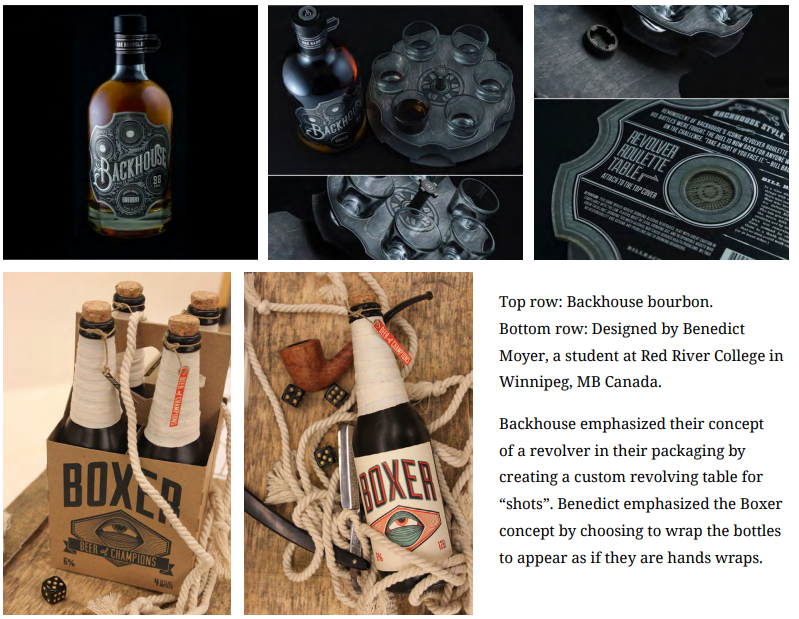
In this phase, ask yourself: “What will get my products off the shelf?”
Key Takeaways:
- Don’t be afraid to take risks. If you decide to “go big” make sure there is a strategy behind it.
- Don’t steal someone else’s idea because it’s working for them.
- Creating unique branding in this industry is hard – but it’s not impossible!
- Do your competitor research to find out where you fit in and to help you stand out!
- Your visual identity should pull inspiration from your brand story.
Are you ready to stand out with unique branding? Our graphic designers can help your brand do just that. Contact us today to get a free can/label design quote from Wier & Bein.
